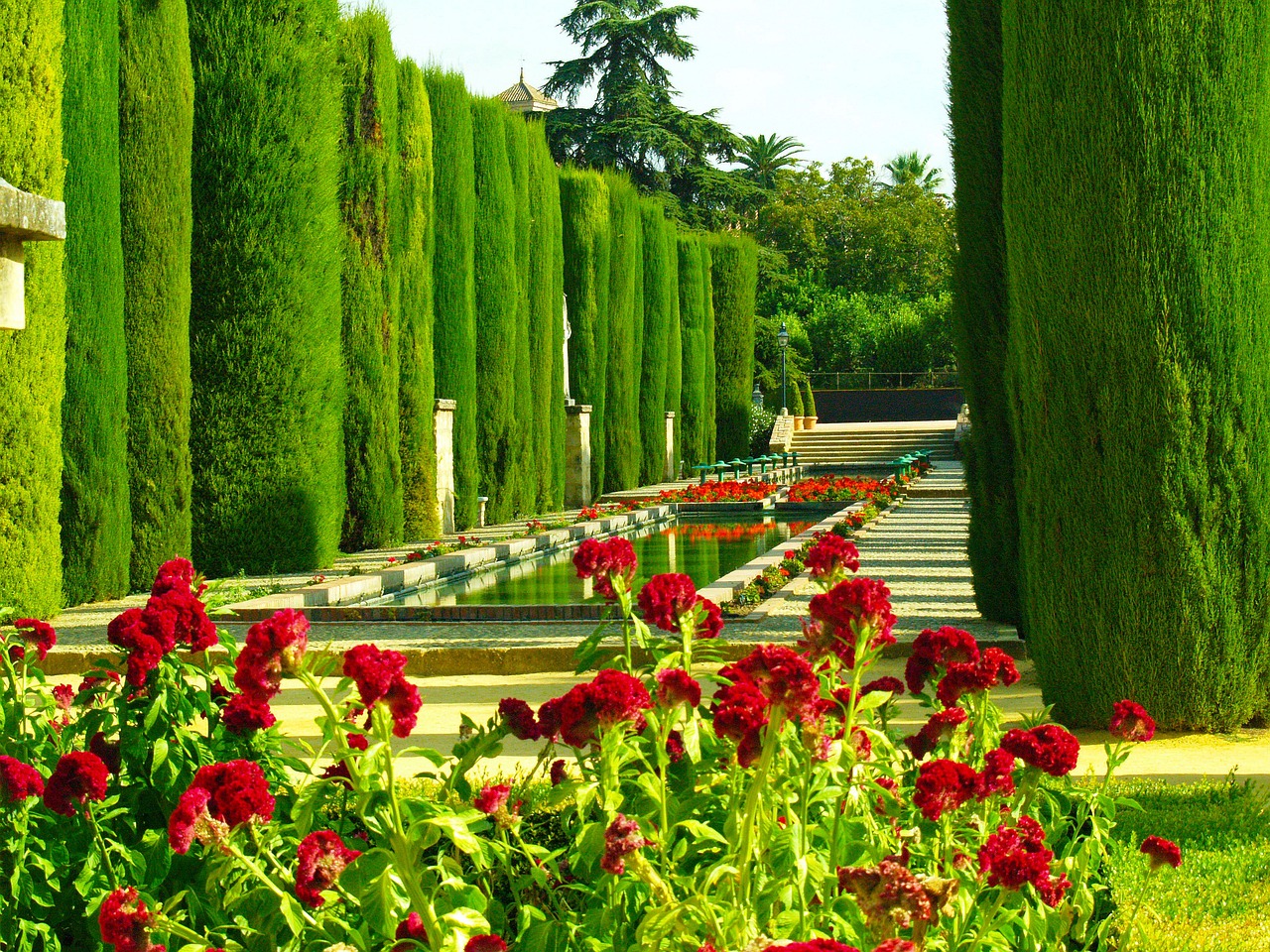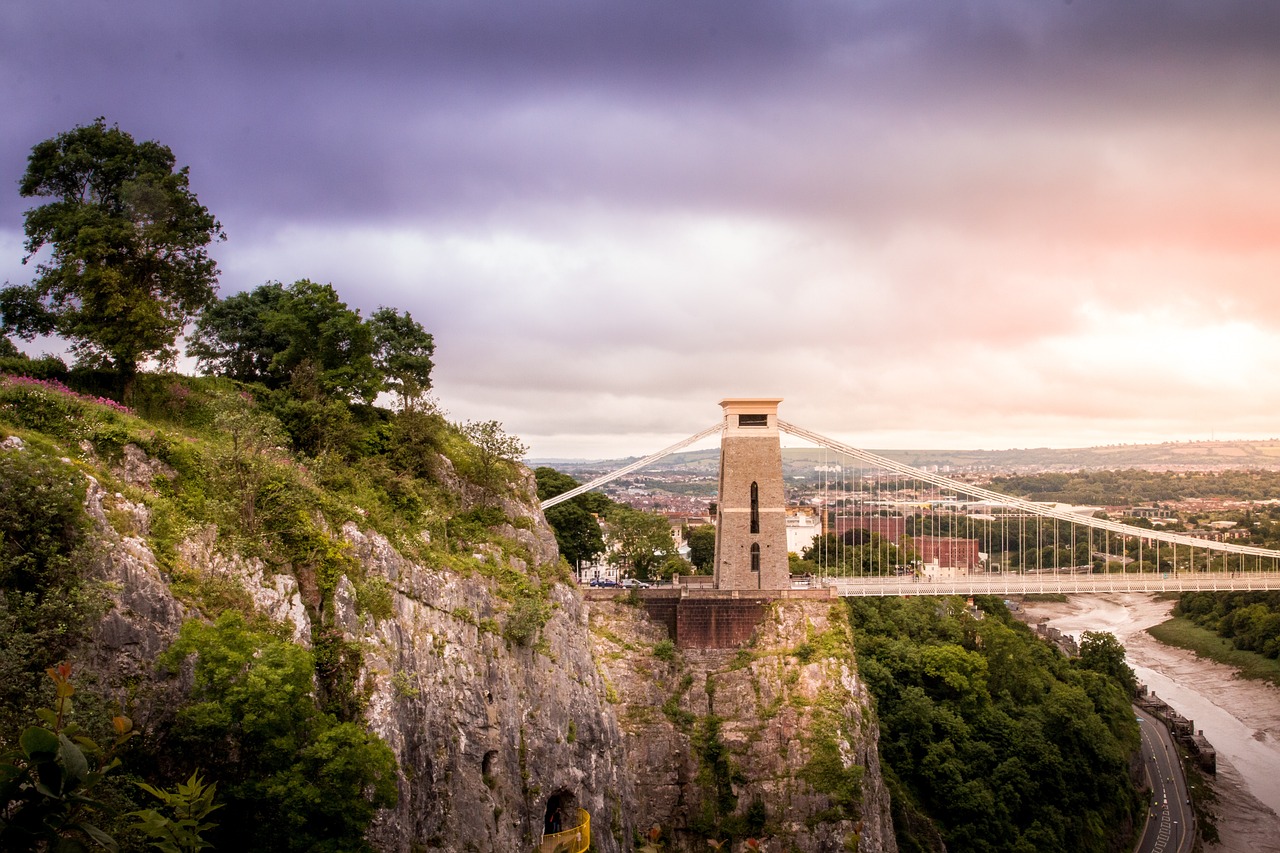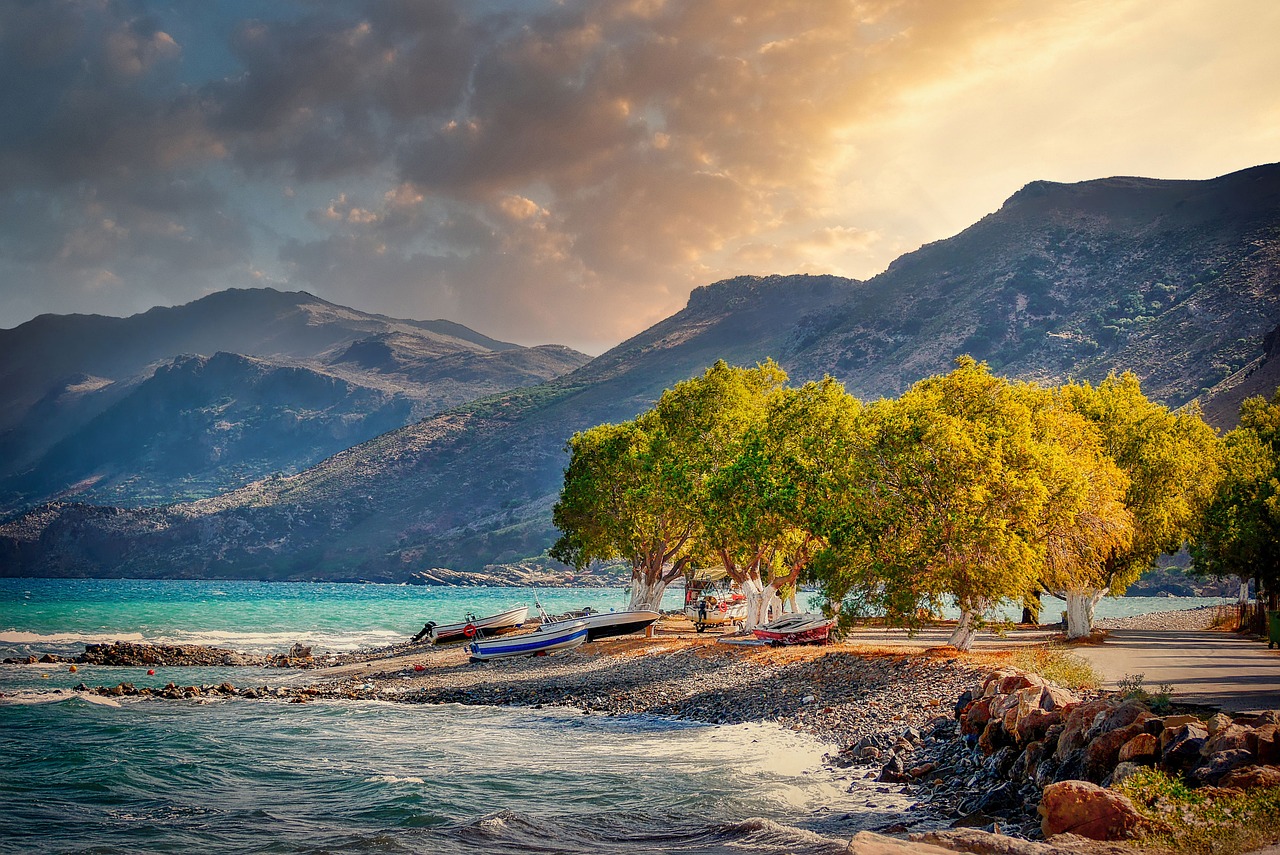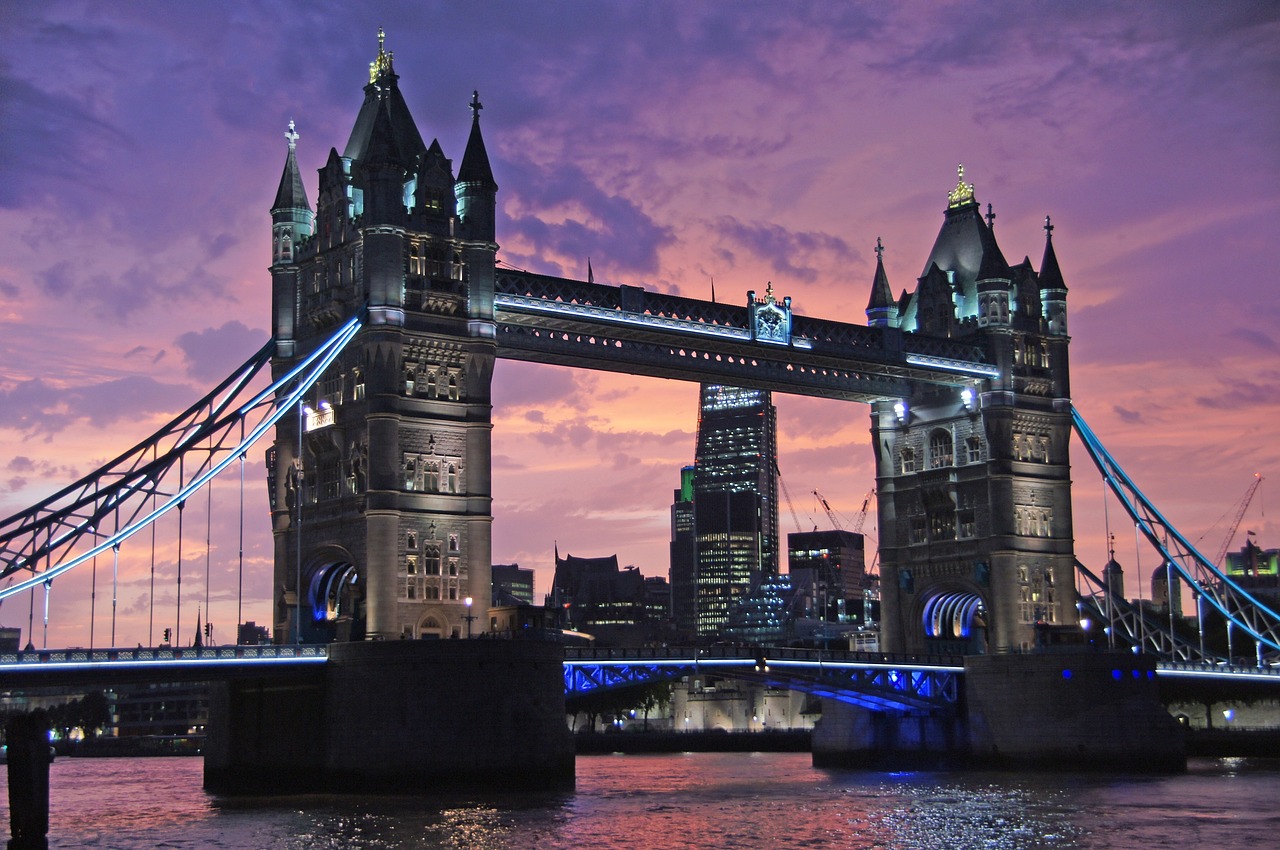Córdoba is a city located in the southern part of Spain, in the region of Andalusia. It is the capital of the province of Córdoba and has a rich history dating back to the Roman times. The city is famous for its beautiful historic architecture, which reflects a blend of Christian, Muslim, and Jewish cultures.
Interesting, that there are two cities named Córdoba, this one in Spain, and the other Córdoba is the second-largest city in Argentina.
Short History
Córdoba has a rich and diverse history, with evidence of human habitation dating back to the Neolithic era. In the 8th century, Córdoba was conquered by Muslim forces and became the capital of the Islamic Emirate of Córdoba. During this time, the city experienced a period of great cultural and economic prosperity, with advances in science, philosophy, and art. In the 13th century, Córdoba was recaptured by Christian forces and became part of the Kingdom of Castile. Today, the city is known for its well-preserved historic architecture, including the famous Mosque-Cathedral of Córdoba, which is a UNESCO World Heritage Site.
Architecture
The architecture of Córdoba is an amalgamation of various influences ranging from the Roman, Islamic, and Christian periods. The city is famous for its well-preserved medieval architecture and monuments. The most notable of these structures are the Mezquita-Catedral, a former mosque turned cathedral, and the Alcázar de los Reyes Cristianos, a fortress built by the Christian monarchs. The city also has a large number of historical buildings, palaces, and mansions from the 16th to the 18th century, featuring baroque and neoclassical architectural styles.
Museums and Galleries
Córdoba is a city with a rich cultural heritage. It boasts many museums and galleries that showcase its history and art. Some of the most interesting museums and galleries to visit in Córdoba include:
- Museum of Fine Arts: This museum displays a collection of art from the 14th century to modern times.
- Archaeological Museum: This museum is home to a collection of artifacts from the Roman era.
- Julio Romero de Torres Museum: This museum displays the works of Julio Romero de Torres, a famous Spanish painter.
- Palace of Viana: This palace has 12 courtyards and is home to a collection of art and antiques.
- Medina Azahara Museum: This museum displays the history and artifacts of the ancient city of Medina Azahara.
- Casa de las Cabezas: This museum is housed in a 16th-century building and features exhibits on the history of Córdoba.
- Caliphal Baths Museum: This museum displays the remains of a 10th-century bathhouse.
- Museum of Bullfighting: This museum showcases the history and tradition of bullfighting in Spain.
- Córdoba Museum of Popular Arts and Traditions: This museum displays the traditional crafts and culture of Andalusia.
- Museum of Julio Romero de Torres: This museum is dedicated to the life and works of the famous painter.
These museums and galleries offer a fascinating insight into the history, art, and culture of Córdoba.
Landmarks and Monuments
Córdoba has a rich history dating back to the Roman times, which is reflected in its many landmarks and monuments. Here are some of the most interesting ones to visit:
- The Great Mosque-Cathedral of Córdoba – a stunning example of Moorish architecture, known for its unique horseshoe arches and intricate tile work.
- Alcázar de los Reyes Cristianos – a fortress-palace with beautiful gardens that was once the residence of the Catholic monarchs, Ferdinand and Isabella.
- Roman Bridge of Córdoba – a picturesque bridge spanning the Guadalquivir River, built in the 1st century BC.
- Plaza del Potro – a charming square with a fountain and several cafes, famous for being the setting of Miguel de Cervantes’ “La Feria de los Discretos”.
- Medina Azahara – the ruins of an ancient Moorish city located just outside of Córdoba, showcasing the area’s rich Islamic heritage.
- Calahorra Tower – a fortified gate that once served as the main entrance to the city, now home to a museum dedicated to the history of Córdoba.
Parks and Green Spaces
Córdoba, located in the Andalusian region of Spain, has several parks and green spaces that are worth visiting. Some of the most notable parks include:
- Jardines de la Victoria: Located in the city center, these gardens are a popular spot for locals and tourists to relax and enjoy the greenery.
- Parque de la Asomadilla: This park is home to a variety of wildlife and features several walking trails, making it an ideal destination for nature lovers.
- Parque Cruz Conde: This park is home to a large lake, several playgrounds, and several sports facilities, making it an ideal destination for families.
- Jardín Botánico de Córdoba: This botanical garden is home to a vast collection of plants from around the world, making it an ideal destination for plant enthusiasts.
- Parque Natural de las Sierras Subbéticas: Located just outside of Córdoba, this nature reserve is home to several hiking trails, offering stunning views of the surrounding mountains and countryside.
- Parque de la Asomadilla: This park is home to a variety of wildlife and features several walking trails, making it an ideal destination for nature lovers.
- Jardín de la Agricultura Ecológica: This small garden is dedicated to organic agriculture and offers visitors the chance to learn about sustainable farming practices.
- Parque Zoológico de Córdoba: This zoo is home to a variety of animals from around the world, making it an ideal destination for families with young children.
Shopping Districts
Córdoba is known for its charming shopping districts that showcase its unique blend of modern and traditional styles. Some of the most interesting shopping areas in the city include:
- Calleja de las Flores: A narrow street lined with colorful flowers and small shops selling souvenirs, ceramics, and jewelry.
- Calle de la Conde de Gondomar: A pedestrian shopping street in the heart of the city, with a mix of local and international brands.
- Paseo de la Ribera: A scenic waterfront promenade lined with shops, restaurants, and cafes.
- Mercado Victoria: A food market housed in a 19th-century wrought iron building, offering a range of gourmet foods and drinks.
- Centro Comercial Arcángel: A modern shopping mall with a wide range of shops and restaurants, as well as a cinema and bowling alley.
- Calleja del Pañuelo: A small alleyway lined with shops selling traditional Spanish clothing, such as flamenco dresses and bullfighting costumes.
- Plaza de la Corredera: A historic square that hosts a weekly flea market, selling antiques, books, and vintage clothing.
- Plaza de las Tendillas: A bustling square that is home to many shops and restaurants, as well as a statue of the famous Spanish writer Miguel de Cervantes.
Food and Drink
Córdoba is known for its delicious cuisine, which is a blend of Spanish, Moorish, and Jewish influences. Some of the dishes and drinks you should try when visiting Córdoba include:
- Salmorejo – a thick and creamy tomato soup made with bread, garlic, olive oil, and vinegar.
- Flamenquín – a rolled-up pork or chicken cutlet stuffed with ham and cheese, then breaded and fried.
- Rabo de toro – a hearty stew made with oxtail, red wine, and vegetables.
- Pastel Cordobés – a sweet pastry filled with pumpkin or sweet potato and sprinkled with sugar.
- Montilla-Moriles wine – a sweet wine made from the Pedro Ximénez grape that is grown in the nearby Montilla-Moriles region.
- Olive oil – Córdoba is known for producing high-quality olive oil, which is used in many of the city’s dishes.
- Sherry – although not produced in Córdoba itself, the nearby city of Jerez de la Frontera is famous for its sherry, which is often served as an aperitif or after-dinner drink.
In addition to these traditional dishes, visitors to Córdoba can also enjoy the city’s famous tapas culture, which involves enjoying small plates of food alongside drinks in local bars and restaurants.
Transportation
Córdoba is a compact city, and many of its main attractions are located in the historic center, which is pedestrian-friendly. Walking is the best way to explore the city center, with most of the streets lined with beautiful historic buildings and landmarks.
However, if you need to move around the city more quickly, there are also several other transportation options available:
- Bus: There are several bus routes that connect different parts of the city. The buses are modern, clean, and reliable, and tickets can be purchased onboard or at bus stops.
- Taxis: Taxis are readily available throughout the city and are a convenient way to get around, particularly if you’re traveling in a group or carrying heavy bags. Taxis can be hailed on the street, or you can call a local taxi company to book in advance.
- Bike: Córdoba has a bike-sharing program called “Bicicletas de Córdoba” that offers a convenient and affordable way to get around the city. There are several bike stations located throughout the city, and you can rent a bike by the hour or by the day.
- Car rental: If you prefer to have your own transportation, you can rent a car from one of the several car rental companies in the city. However, note that parking in the historic center can be difficult, so it may be easier to park outside the center and walk in.
City Safety
Córdoba is generally a safe city, but like any other city, it is important to take basic safety precautions. Tourists should be aware of pickpockets and keep their belongings close while walking in crowded areas or using public transportation. It is also recommended to avoid poorly lit or deserted areas at night. Additionally, it is advisable to use licensed taxis or ride-hailing services for transportation at night. Overall, with a little common sense, visitors to Córdoba should have a safe and enjoyable experience.
Expensive or Cheap
Compared to other Spanish cities, Córdoba is generally considered to be an affordable city to visit. Prices for food, accommodations, and attractions are typically lower than in Madrid or Barcelona, for example. However, prices can still vary depending on the season, location, and type of activity. It is always a good idea to research and compare prices before traveling to any destination.
Best Time to Travel
The best time to travel to Córdoba is during the spring and fall months, which are from March to May and from September to November, respectively. During these months, the weather is mild and pleasant, with temperatures ranging from the mid-60s°F to the low 80s°F (around 16-27°C). This makes it a great time to explore the city’s many outdoor attractions, such as its historic landmarks and beautiful gardens.
Summertime in Córdoba, which runs from June to August, can be quite hot and dry, with temperatures often reaching the 90s°F (around 32°C). This can make it uncomfortable for outdoor activities during the middle of the day, but the evenings can be pleasant and cooler.
Winter in Córdoba, which runs from December to February, can be chilly and rainy, with temperatures ranging from the mid-40s°F to the mid-60s°F (around 7-18°C). While it may not be the best time for outdoor activities, it is a great time to experience some of the city’s indoor attractions, such as museums and galleries.
Overall, the best time to visit Córdoba, Spain is during the spring and fall months, when the weather is mild and comfortable for exploring the city’s many attractions.
Date Ideas
Córdoba offers a romantic atmosphere, charming streets, and a unique cultural blend. Here are some date ideas to explore this beautiful city:
- Walk around the historic center of Córdoba, admiring its beautiful patios and exploring its hidden corners.
- Visit the Alcázar de los Reyes Cristianos, a medieval castle with beautiful gardens and fountains.
- Enjoy a romantic sunset from the Puente Romano bridge, which spans the Guadalquivir River.
- Take a romantic horse-drawn carriage ride through the historic center.
- Share a traditional Andalusian meal in a charming restaurant in the Judería, the Jewish Quarter of Córdoba.
- Visit the Mosque-Cathedral of Córdoba, a UNESCO World Heritage Site and a symbol of the city’s cultural richness.
- Attend a flamenco show, a passionate and emotional dance form that originated in Andalusia.
- Stroll through the beautiful gardens of the Palacio de Viana, a historic palace in Córdoba.
- Take a day trip to the nearby Sierra de Córdoba and explore the beautiful mountain landscapes.
- Enjoy a romantic picnic in one of the many beautiful parks and green spaces of the city, such as the Jardines de la Victoria or the Parque de Miraflores.
Fun and Interesting Facts
Córdoba is a historic city located in the Andalusia region of southern Spain. The city was founded by the Romans in 169 BC and has a rich history that includes Moorish rule, the Spanish Inquisition, and being the birthplace of one of Spain’s most famous painters, Diego Velázquez. Here are some fun and interesting facts about Córdoba:
- Córdoba is home to the Mezquita-Catedral, a mosque-cathedral that is considered one of the most impressive examples of Islamic architecture in the world.
- The city has a long history of flamenco, and visitors can enjoy performances at several venues throughout the city.
- Córdoba is known for its patios, or courtyards, which are adorned with flowers and plants and are open to the public during a festival in May.
- The city is also famous for its culinary traditions, including salmorejo, a cold soup made with bread, tomatoes, and olive oil, and rabo de toro, a stew made with oxtail.
- Córdoba is surrounded by olive groves and is one of the largest producers of olive oil in the world.
With its rich history, stunning architecture, and vibrant culture, Córdoba is a must-visit destination for anyone traveling to southern Spain.



